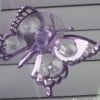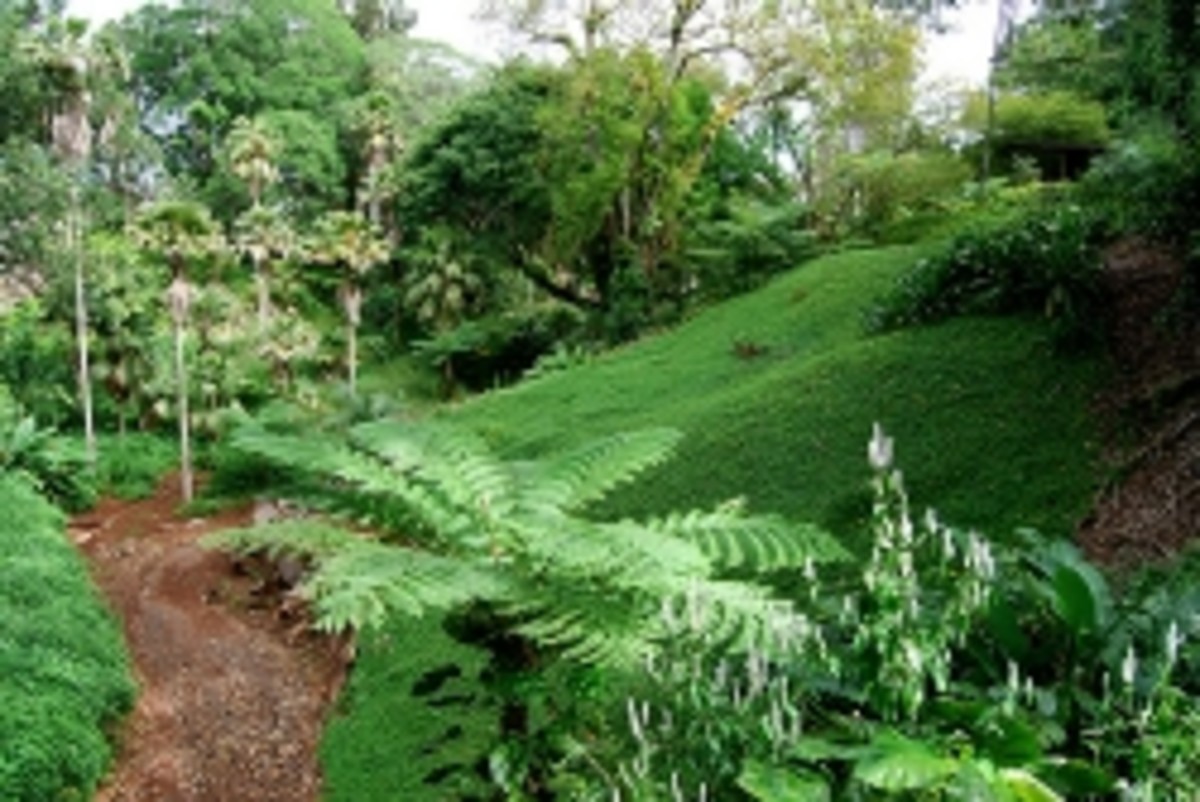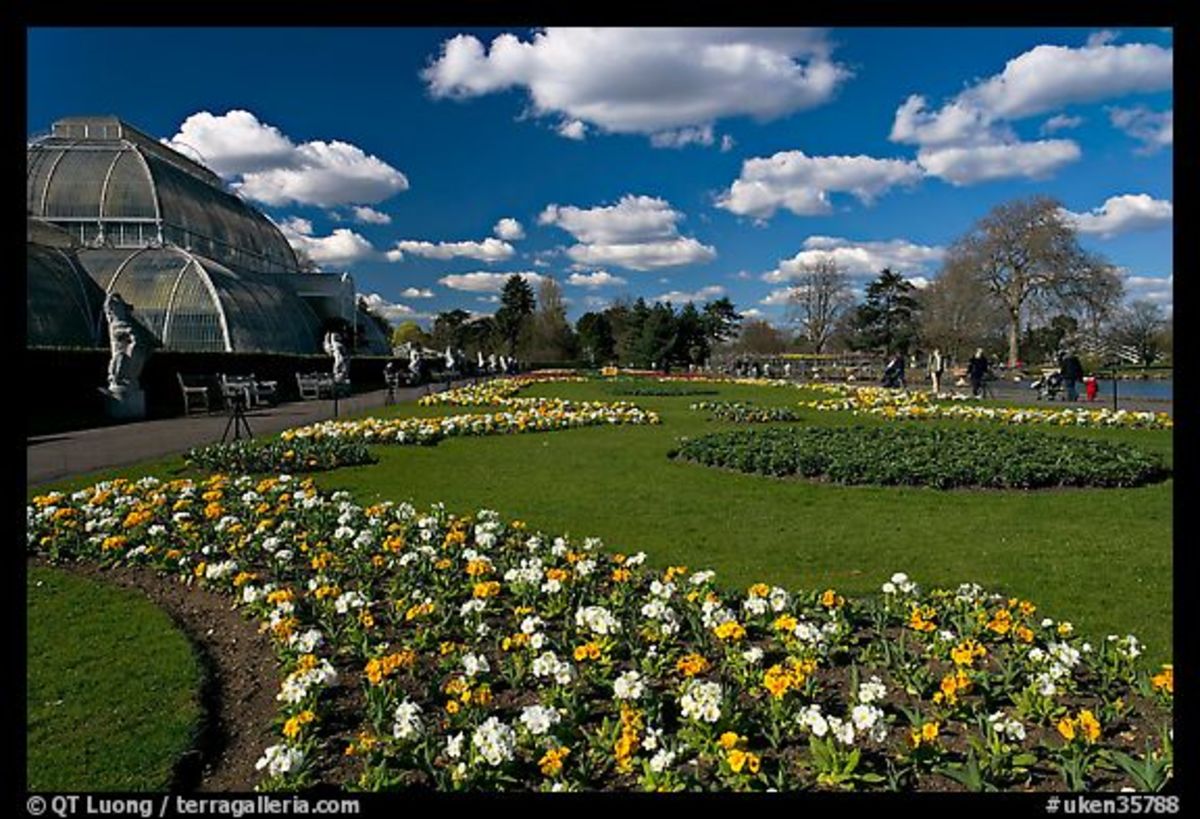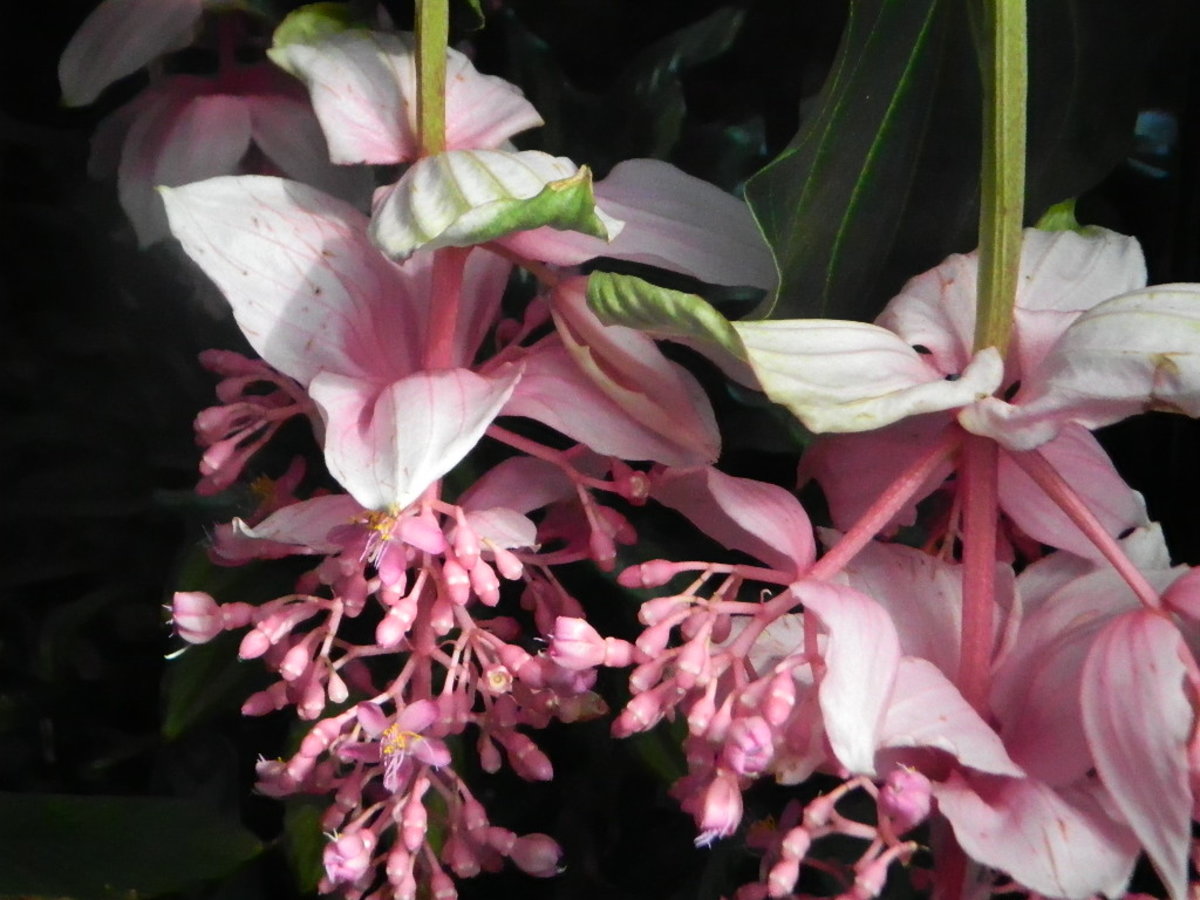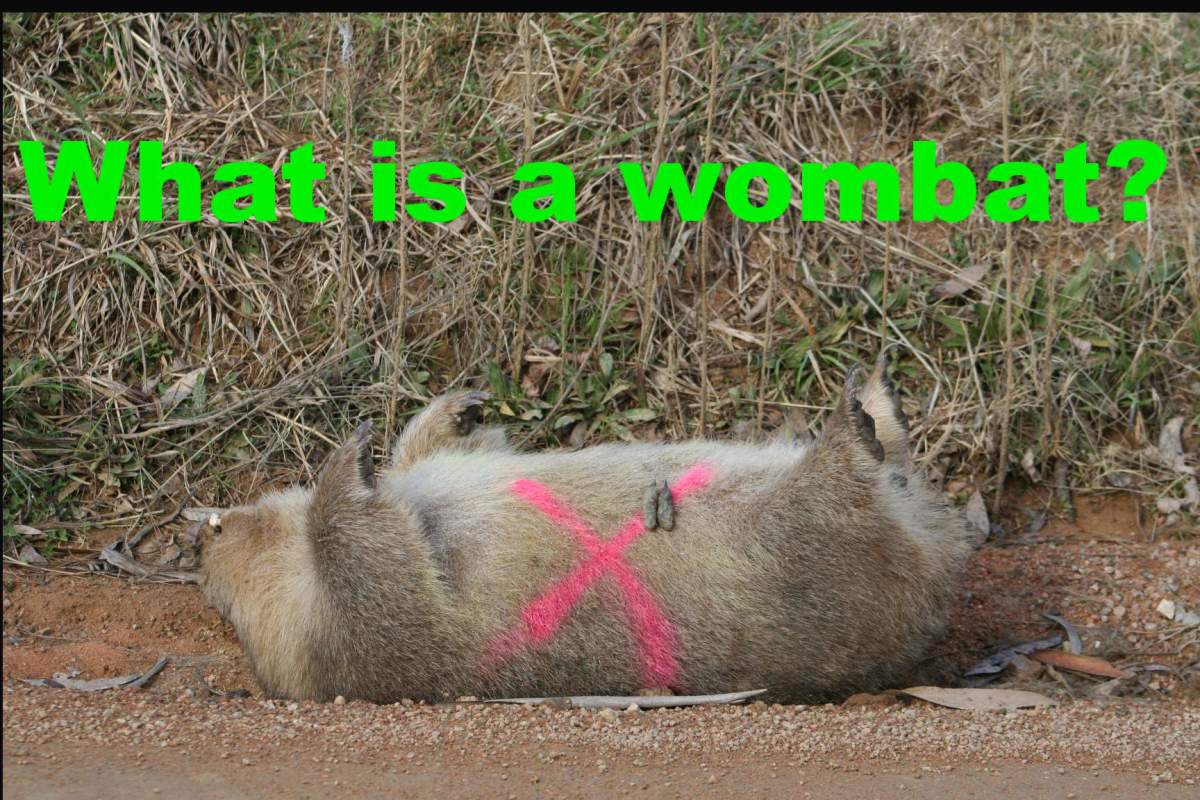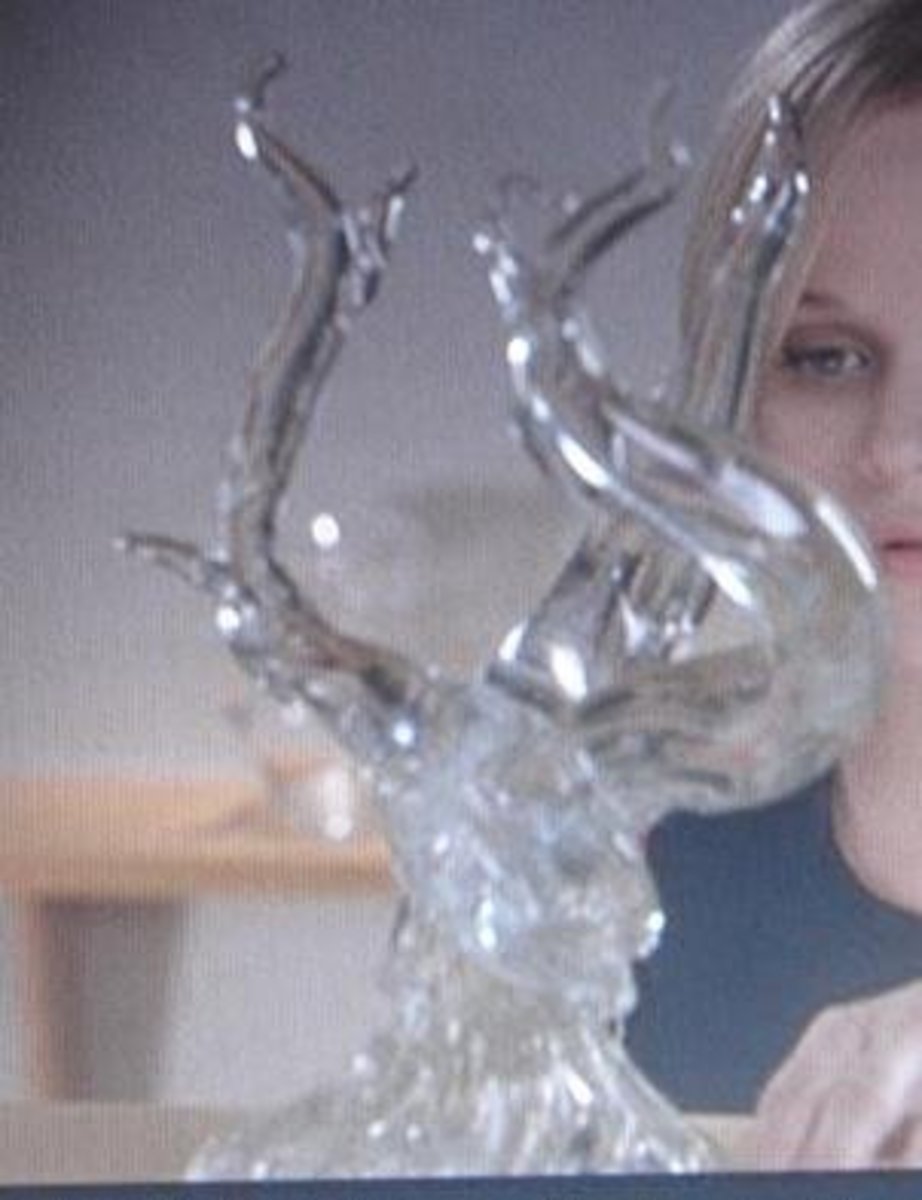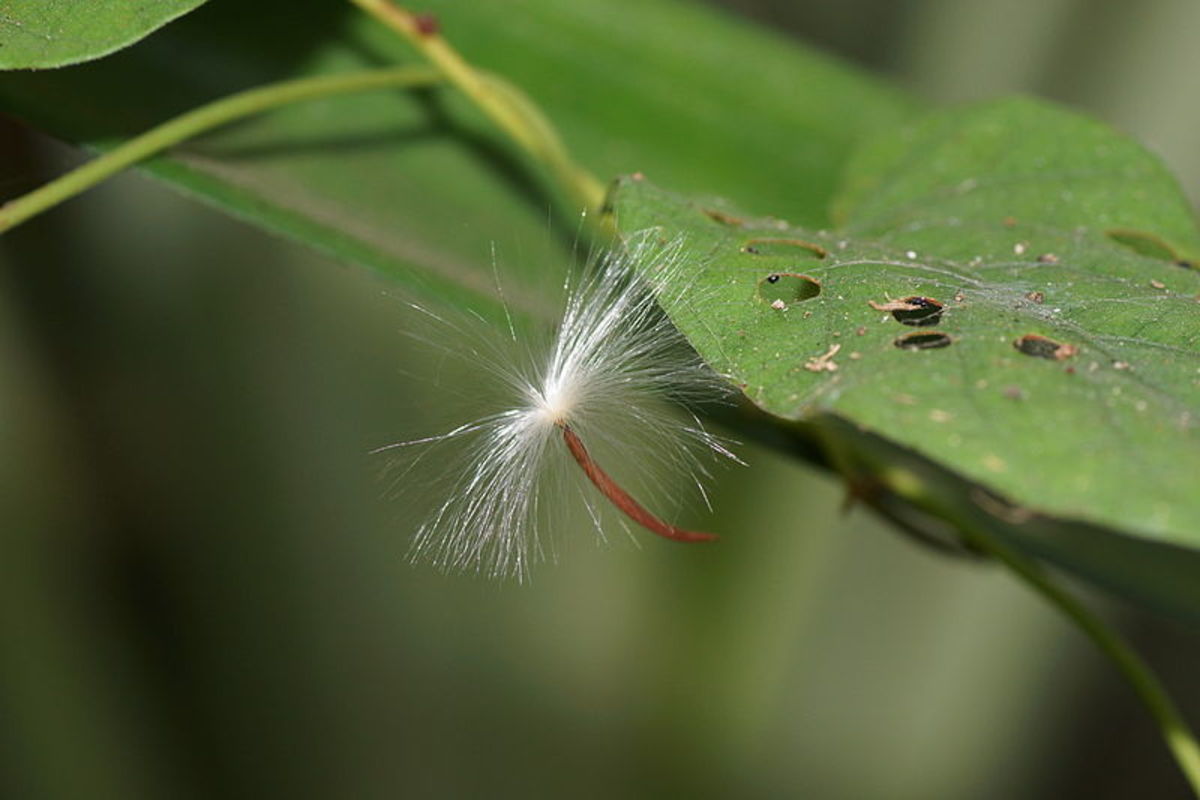Australia's Botanic Gardens: an English Tradition
Sydney's Royal Botanic Gardens
The oldest botanical garden in Australia is along Sydney's harbour foreshore. As early as the 1790s, the area immediately east of the infant settlement was established as a government garden after attempts to farm it failed. Plants and seeds collected in Rio de Janeiro and Cape Town by Captain Arthur Phillip and the First Fleet were planted there. When Governor Macquarie arrived in 1810, the area was designated a botanical garden.
Famous Directors
Two of the most famous directors of Sydney's Royal Botanic Gardens were brothers Richard and Allan Cunningham. In 1832, Richard was appointed colonial botanist. He arrived in Sydney with specimens of French and Spanish grapevines collected by James Busby, who is today regarded as one of the founding fathers of the Australian wine industry. Within a year, more than 360 vines were growing in the gardens.
Richard died in 1835 and his brother Allan took the job. Allan served for only a few years, but selections of the rainforest trees he planted still exist. Many years after he died his remains were interred in the gardens.
The establishment of such an area was a reflection of an English tradition transplanted into an inhospitable environment. It was considered a homage to the mother country to have gardens laid out in the English style, complete with English shrubs and plants -- no matter how different the climate. Phillip's exotic selections grew well, although colonial botanists took pride in extending their knowledge of local flora in the controlled conditions of the gardens.
The gardens took their modern shape under Charles Moore, who was director for almost 50 years from 1848. Under his supervision areas close to Farm Cove foreshore were covered with thousands of tonnes of fill, raising the ground level several meters and improving the soil quality. Areas of Farm Cove were reclaimed, adding to the garden's area. The stone sea wall, made with stone from the first Government House in Bridge Street, dates from this time.
Moore gathered flora from New Zealand and the South Pacific for the gardens, and maintained a close association with Baron Ferdinand von Mueller, who was director of the Melbourne Botanic Gardens from 1857 to 1873.
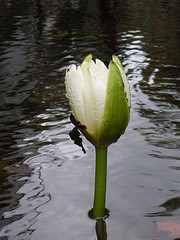
Sydney's Royal Botanic Gardens went through a period of neglect from the late 1920s, but from the early 1960s, were revitalized. The gardens now cover about 26 hectares (64.2 acres). A 28-hectare (69.1-acre) annexe at Mount Tomah, in the Blue Mountains, is devoted to the study and cultivation of cold climate native and exotic plants. Another 416-hectare (1027.9-acre) annexe at Mount Annan, about one hour’s drive south-west of Sydney, between Campbelltown and Narellan, is devoted to native plants. All of the gardens are governed by the Department of Environment and Climate Change.
More information
- Moore, Charles - botanical collector
Biographical sketch - Oz Water into Wine
James Busby (1801-1871), known as the father of Australian and New Zealand viticulture and founder of one of Australia"s best-known wine regions, ... - Home - Botanic Gardens Trust - Sydney, Australia
Information about the Sydney gardens, the Domain, Mt. Annan, Mt. Tomah and the National Herbarium. Community education, photos, science and research.
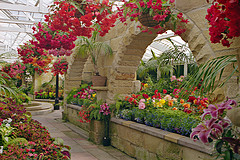
The Hobart Botanical Gardens
Australia's second oldest botanical gardens were established in Hobart in 1818 by Lieutenant-Governor William Sorell. He spent only a few years in his job before being recalled to London in 1823, but he is credited with many reforms in the colony - including reclaiming a private land grant on what is now Queens Domain and setting it aside for a public park. It was administered by the Botanical and Horticultural Society of Van Dieman's Land from the 1840s and remained under their care until 1885, by which time the society had emerged as the Royal Society of Tasmania.
Today the Royal Tasmanian Botanical Gardens cover more than 14 hectares (34.6 acres) and contain more than 1,200 native species. The contributions of early directors, such as F. W. Newman (1845-59) and Francis Abbott (1859-1903) are evident in the rich range of plants. Under the care of the Royal Society, a close relationship was maintained with other gardens in Australia and England, which resulted in the exchange of many species. Most of them are still in evidence, much to the delight of thousands of visitors each year.
More information
- Sorell, William (1775 - 1848) Biographical Entry - Australian Dictionary of Biography Online
Sorell, William (1775 - 1848) Biographical Entry - The Australian Dictionary of Biography Online, or ADB Online, is a biographical dictionary featuring concise, informative and fascinating descriptions of prominent Australian men and women from all w - Home | Royal Tasmanian Botanical Gardens
Australia's second oldest botanical gardens features a native Tasmanian section, Botanical Discovery Centre, Botanical Shop and Sub-Antarctic Plant House.
Baron von Mueller - The Melbourne Gardens
The name of Baron Ferdinand von Mueller is forever linked with the Royal Botanic Gardens in Melbourne. Mueller became director of the gardens in 1857, 12 years after Governor La Trobe authorized the creation of the gardens and 5 years after Mueller became government botanist. In his 16 years as director, Mueller gave the gardens a distinctive personality when he set out to produce a unique blend of native and exotic species. Mueller established what later became the National Herbarium and a Museum of Economic Botany, with botanical specimens, and the products derived from them (such as dyes, perfumes and tobacco), all displayed in glass cases.
James Herbert Veitch, of the Royal Exotic Nursery in Chelsea, England, visited Australia in the early 1890s. He wrote of Melbourne's Royal Botanic Gardens: 'rich grassy undulating slopes, interminable winding walks and bold sweeping beds in fine English style complete as fine a general landscape effect as is to be met with anywhere.' Even English author Arthur Conan Doyle, who brought us Sherlock Holmes, called the Melbourne gardens 'the most beautiful place I have ever seen.'
Such sentiments still ring true today. In the gardens 38 hectares (93.8 acres) can be found more than 12,000 species. The retention of the gardens' Victorian style contributes much to their appeal.
More information
- Baron Ferdinand von Mueller
Introductory information on Baron von Mueller's contribution to science in Australia. - James Herbert Veitch - Wikipedia, the free encyclopedia
James Herbert Veitch F.L.S., F.R.H.S. (1 May 1868 – 13 November 1907), was a member of the Veitch family who were distinguished horticulturists and nursery-men for over a century. - Royal Botanic Gardens Melbourne
Royal Botanic Gardens Melbourne Australia. Activities, tours, walks, holiday programs to inform and entertain the whole family.
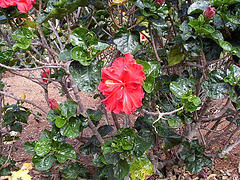
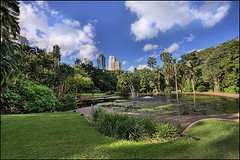
The Brisbane Gardens
In 1855 Walter Hill was appointed by the New South Wales government to establish formal botanic gardens in Brisbane. The area selected was part of the government gardens started in 1828. Hill served until 1881, extending the gardens along their prime position on the banks of the Brisbane River near the city center. The gardens became immensely popular. Visitors were fascinated both by the richness of the plantings and the range of wildlife.
James Herbert Veitch was particularly impressed, although his appreciation for English flora was overriding: 'The native trees do not, as here represented, strike me as particularly ornamental, though in the bush, from all accounts, some must be very fine.' Another noted visitor in 1908, was David Seth-Smith, of the Zoological Society of England. He wrote: 'The Brisbane Botanical Gardens are very well laid out with many kinds of beautiful tropical and semi-tropical vegetation such as palms of all kinds and masses of giant bamboo. The beautiful scarlet hibiscus was in full flower, and I watched with much delight a lovely blood-red honey-eater, Myzonela sanquinolenta, sucking at the flowers and flying from one to another, almost putting the brilliant flowers themselves in the shade by his brilliance ... I heard overhead the cries of lorikeets, and looking up saw two large flocks of Swainson's Lorikeets, probably each containing some 50 birds or so, flying very rapidly, the bright sunshine showing a blaze of colour on their brilliant undersides.'
Today the Brisbane Botanical Gardens cover 18 hectares (44.4 acres), and there is a 75-hectare (185.3-acre) annexe at Mount Coot-tha. The Brisbane gardens are the only Australian capital city botanic gardens not operated by the State Government. They are run by the Brisbane City Council.
More information
- Hill, Walter - botanical collector
Biographical sketch - http://www.brisbanelivingheritage.com/01_cms/details.asp?ID=29
Brisbane City Botanic Gardens is a living museum of plant collections, displaying early heritage specimens through to present day exotic and native plantings.
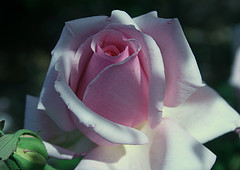
Adelaide Tranquillity
In the same year that Walter Hill was appointed in Brisbane, the Adelaide Botanic Gardens were being laid out on the banks of the Torrens River. With a main entrance on North Terrace, facing East Terrace, in one of the oldest parts of the city, the gardens quickly became popular. The attractions included a Museum of Economic Botany, and the 1868 Victoria Regia House in which was grown the first Victorian Regia, or Royal Water Lily seen in Australia. It was held in a giant tank kept at between 26 and 30 degrees Celsius, in which it thrived. Within six months of it being planted it had 54 leaves, the biggest of which was almost two metres wide.
The gardens today stretch over 18 hectares (44.4 acres), and retain much of their 19th century charm. It is easy to imagine the scene 100 years ago, when people would pass the ornate iron gates and the nearby director's cottage, draped with bougainvillea, for a walk among the flowers and trees. James Herbert Veitch commented: 'That which bore the reputation of being an overgrown wilderness is once more assuming the proportions and aspect of an interesting and tasteful garden.'
There are two annexes to the Adelaide Botanic Gardens at Mount Lofty and at Blackwood.
The Darwin Botanic Gardens
The Darwin Botanic Gardens, at Fannie Bay, date from the 1870s. They cover more than 30 hectares (74.1 acres), with 12 hectares (29.6 acres) devoted to tropical native and exotic plants. The gardens are run by the Darwin City Council.
For more information
- George Brown Botanical Gardens - Parks - Natural Resources, Environment, The Arts and Sport
George Brown Darwin Botanic Gardens. The Gardens was established 130 years ago to introduce and evaluate plants for food and flavour to a small developing ...
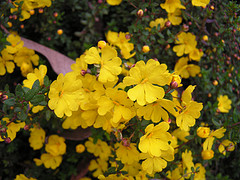
The National Botanic Gardens
Architect Walter Burley Griffin had allowed for an area of botanic gardens In his original plans for Canberra, but it was 1949 before the first plantings were made, and 1970 before the Canberra Botanic Gardens were opened officially. Eight years later, the gardens, with 6,000 species of Australian plants - the largest collection in the country - were renamed the National Botanic Gardens. The associated herbarium holds more than 1 million specimens. The gardens are on the lower slopes of Black Mountain, and cover more than 40 hectares (98.8 acres). A further 50 hectares (123.5 acres) are under development. There is a 78-hectare (192.7 acres) annexe for the cultivation of native plants sensitive to the often frosty environment inland at Jervis Bay on the New South Wales coast.
For more information
- Walter Burley Griffin Society Incorporated Home Page
The Walter Burley Griffin Society Incorporated is a not-for-profit association incorporated under the Associations Incorporation Act 1984 (NSW). - Australian National Botanic Gardens Home Page
All about the Botanic Gardens, Australian plants, and access to databases on living plants, herbarium specimens and photographs.
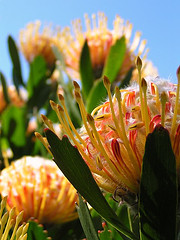
Western Australia's Gardens
From the time the city of Perth was founded, Stirling Square, near Government House, was intended to be the site of Western Australia's botanic gardens. Although there were a few plantings made, this area did not develop beyond the status of a park. In 1959 an area was set aside within the 400-hectare (988.4-acre) King's Park, which dates from 1872. The gardens were opened in 1965 and today they hold an enviable collection of Western Australian plants.
The gardens are divided into sections for native plants and trees, as well as exotic flora. Seventeen hectares (42 acres) are devoted to the Western Australian collection. There is a 14-hectare (34.5-acre) arboretum of native trees, and 3 hectares (7.4 acres) of Californian, South African and Mediterranean flora. There is a total of about 3,000 species of plants in the gardens.
There are also botanic gardens in such New South Wales centers as Wagga Wagga, Coffs Harbour, Albury, Orange and Wollongong. They are run by local councils.
Photo credits
Photo of Nymphaea by sftrajan.
Photo of The Conservatory by Edward-on-Flickr.
Top photo of Brisbane's Botanical Gardens by Burning Image.
Bottom photo of Brisbane's Botanical Gardens by Compmouse.
Photo of Trailing Guinea Flower by Arthur Chapman.
Photo taken in King's Park, Perth by ah-meng.
